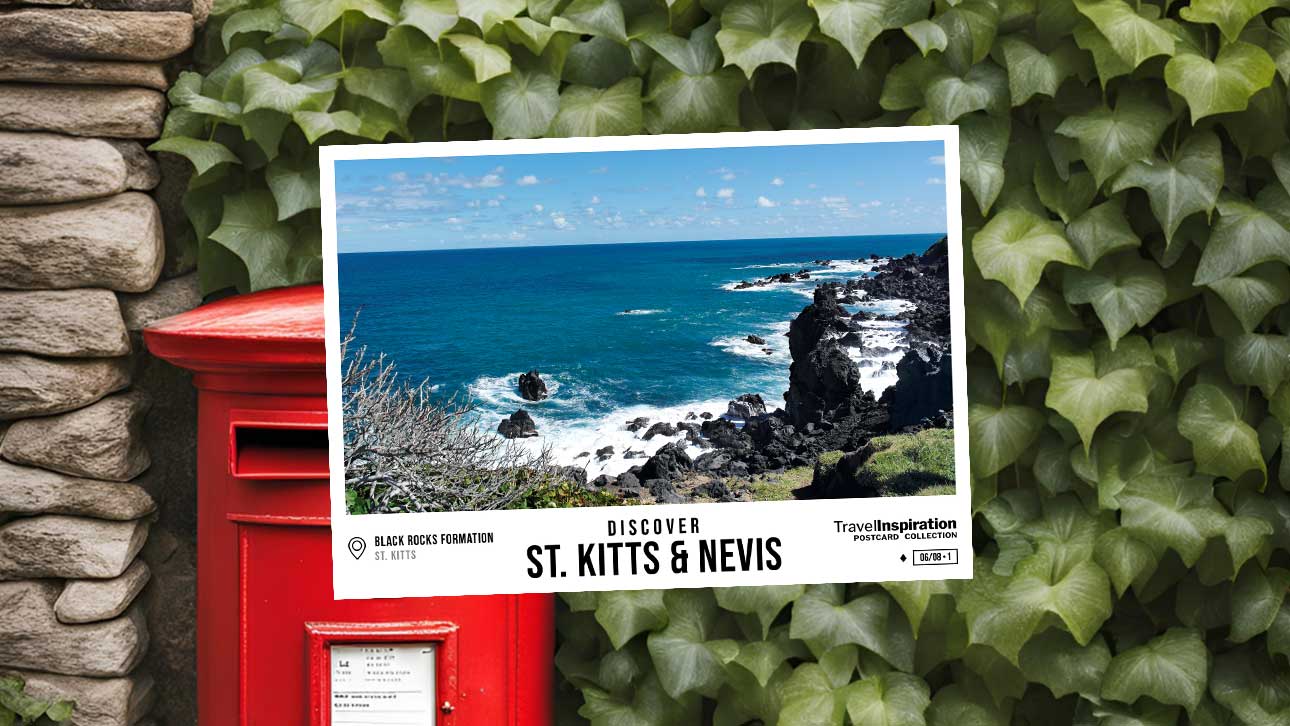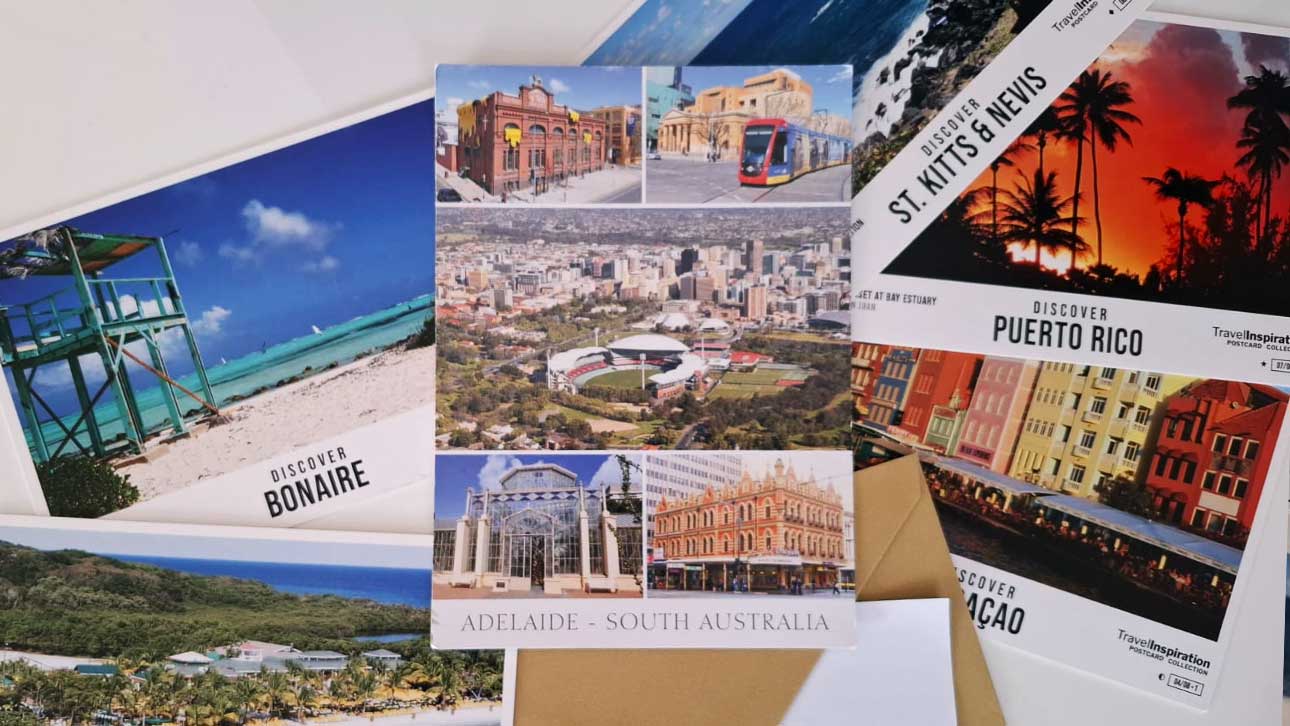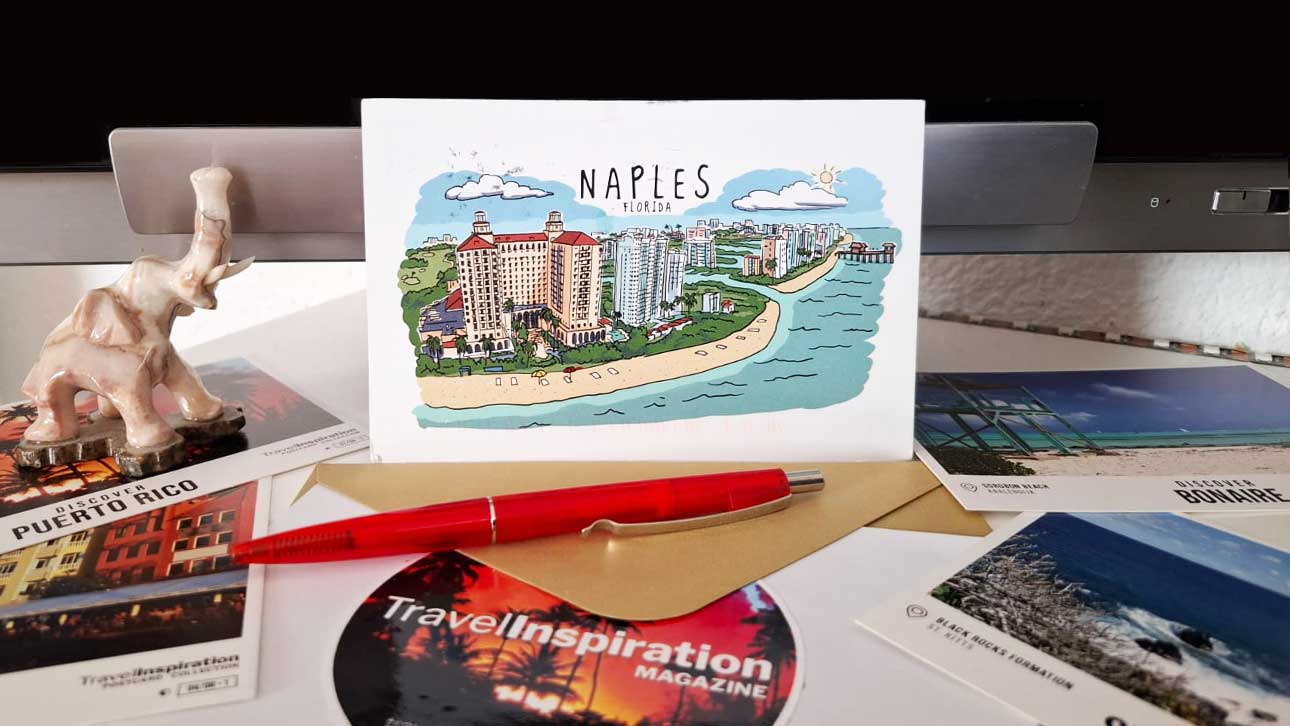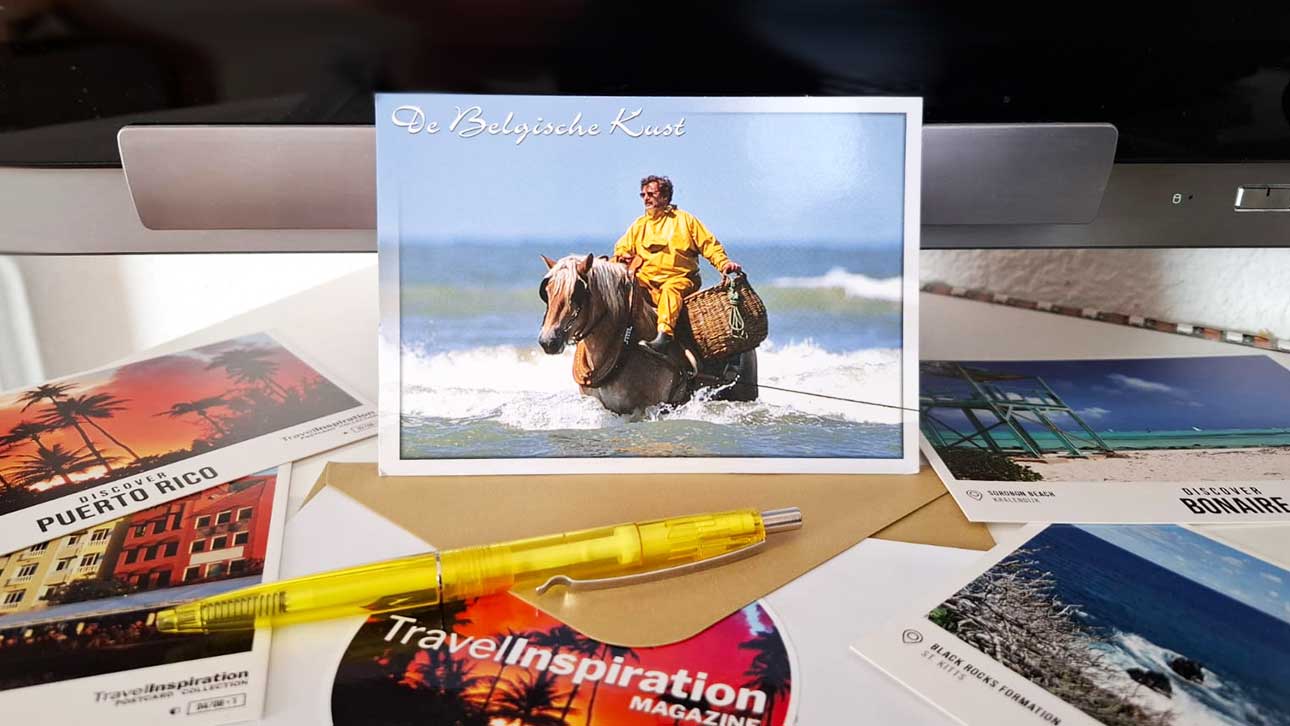
St. Kitts and Nevis, the smallest sovereign nation in the Western Hemisphere, may be tiny in size, but it boasts a rich and vibrant history that is central to the story of the Caribbean.
With their emerald-green mountains, clear blue waters, and charming colonial towns, these islands are a blend of natural beauty and cultural significance. Before we delve into the modern wonders and must-see attractions of this twin-island paradise, let’s take a step back and explore the history and timeless charm of St. Kitts and Nevis.
The Early History of St. Kitts and Nevis
Before the arrival of European explorers, St. Kitts (known then as "Liamuiga") and Nevis ("Oualie") were home to indigenous peoples, primarily the Arawaks and later the Kalinago (or Caribs). The names given by these early inhabitants reflect the islands' natural abundance and beauty—Liamuiga means "fertile land," while Oualie translates to "land of beautiful waters."
Christopher Columbus arrived on his second voyage to the Americas in 1493, and it was he who named the islands. St. Kitts was named after his patron saint, St. Christopher, and Nevis derived its name from the Spanish word "nieves," meaning snow, due to the cloud-covered peak of Nevis Peak, which resembled snow-capped mountains.
Colonial Rivalries and Sugar Plantations
St. Kitts was the site of the first successful British colony in the Caribbean, established in 1623. Not long after, the French also established a presence, leading to a period where the two European powers shared the island. However, this cooperation didn’t last long. Over the centuries, St. Kitts and Nevis were caught in the crosshairs of colonial struggles, shifting hands between the British and the French multiple times. These islands played a strategic role in the Caribbean due to their central location, leading to the construction of imposing military structures like the Brimstone Hill Fortress.
The arrival of Europeans also marked the beginning of sugarcane plantations on the islands, which would shape the economy and society of St. Kitts and Nevis for centuries. The sugar industry thrived, powered by the labor of enslaved Africans, whose descendants now make up the majority of the islands' population. The plantations became central to the islands’ economy, and the landscape is still dotted with sugar mills, estates, and ruins from this era.
The Path to Independence
In the late 19th and early 20th centuries, the sugar industry began to decline, and social movements calling for greater autonomy and economic diversification gained momentum. By the 1950s, St. Kitts and Nevis were part of the Federation of the West Indies, a political union of Caribbean nations that aimed to gain independence from Britain. When the federation dissolved in 1962, St. Kitts and Nevis remained under British control but pursued their own path toward self-governance.
In 1983, St. Kitts and Nevis became an independent nation, with Basseterre as its capital and Charlestown as the capital of Nevis. Independence marked the beginning of a new era for the islands, as they sought to transition from a plantation-based economy to one centered on tourism, financial services, and education.
The Modern Charm of St. Kitts and Nevis
Today, the islands of St. Kitts and Nevis are celebrated for their unique blend of history, culture, and natural beauty. Though small in size, they pack a punch in terms of attractions and charm, with each island offering its own distinct appeal.
St. Kitts: The Heart of Action
St. Kitts, the larger of the two islands, is where most travelers begin their journey. Basseterre, the bustling capital, retains much of its colonial architecture, with landmarks like Independence Square and The Circus evoking the island’s British heritage. Beyond the city, St. Kitts is a nature lover’s dream, with verdant rainforests, volcanic peaks, and sugarcane fields waiting to be explored.
While the sugar industry may have faded, its legacy remains, particularly in the form of old plantation estates, many of which have been transformed into luxury hotels or historic sites. One such example is Romney Manor, once owned by a forebear of U.S. President Thomas Jefferson, which now houses the Caribelle Batik, a popular stop for visitors to purchase hand-made batik fabrics.
Perhaps the most impressive structure on the island is the Brimstone Hill Fortress National Park, a UNESCO World Heritage Site. This massive fortress, built by enslaved Africans for the British, is perched high on a volcanic peak, offering panoramic views of the island and neighboring Caribbean islands. It stands as a reminder of the island's colonial past and the significant role it played in the Caribbean's history.
Nevis: The Tranquil Escape
If St. Kitts is the bustling heart, Nevis is its serene soul. This smaller island offers a quieter, more relaxed experience, where time seems to slow down, and nature takes center stage. The island’s dormant volcano, Nevis Peak, rises majestically at the center, surrounded by lush rainforests, secluded beaches, and charming plantations.
Nevis is also steeped in history, being the birthplace of Alexander Hamilton, one of the Founding Fathers of the United States. Visitors can explore the Hamilton House, now a museum, which offers insights into his early life and the island’s colonial history.
Charlestown, the capital of Nevis, has retained much of its old-world charm, with Georgian-style buildings lining the streets. The absence of large-scale tourism development means that Nevis offers a more authentic and tranquil Caribbean experience, making it a favorite among travelers seeking a quiet retreat.
A Blend of Heritage and Modern Appeal
Despite their colonial past, St. Kitts and Nevis have emerged as vibrant, culturally rich nations that proudly embrace their African and Caribbean heritage. The islands’ festivals, music, and cuisine reflect this blend of influences. The annual St. Kitts Carnival, known as “Sugar Mas,” is a colorful and lively celebration of the island's history and culture, complete with parades, steelpan music, and calypso performances. Nevis also hosts the annual Nevis Culturama festival, which celebrates local traditions, art, and music.
Today, tourism is the backbone of the islands' economy, with visitors from around the world coming to enjoy the pristine beaches, world-class resorts, and adventurous activities. Yet, even with the growth of tourism, St. Kitts and Nevis have managed to maintain their natural beauty and charm, offering a more low-key, authentic Caribbean experience compared to some of the region’s larger, more commercialized destinations.
The Islands’ Enduring Appeal
What makes St. Kitts and Nevis truly special is their ability to offer travelers a blend of history, culture, and natural beauty in an intimate setting. Whether you’re wandering through the streets of Basseterre, exploring the sugarcane plantations, hiking the lush trails of Nevis Peak, or simply relaxing on a secluded beach, the islands captivate with their charm and sense of timelessness.
St. Kitts and Nevis are not just islands to visit—they are islands to experience. From the echoes of their colonial past to the rhythms of their vibrant culture, these twin islands offer a journey that goes beyond the typical Caribbean getaway, providing visitors with a deeper connection to history, nature, and the spirit of the Caribbean itself.
In the following article, we’ll explore the must-see sights and must-try experiences on these enchanting islands, ensuring you make the most of your visit to St. Kitts and Nevis!
Did you enjoy this article?
If you love discovering inspiring stories and unique places, download our free app "Travel Inspiration Magazine" from Google Play! No annoying ads. No distractions. Just pure reading pleasure.
📲 Install from Google Play![Български [BG] Български [BG]](/media/mod_languages/images/bg_bg.gif)
![English [EN] English [EN]](/media/mod_languages/images/en_gb.gif)


























